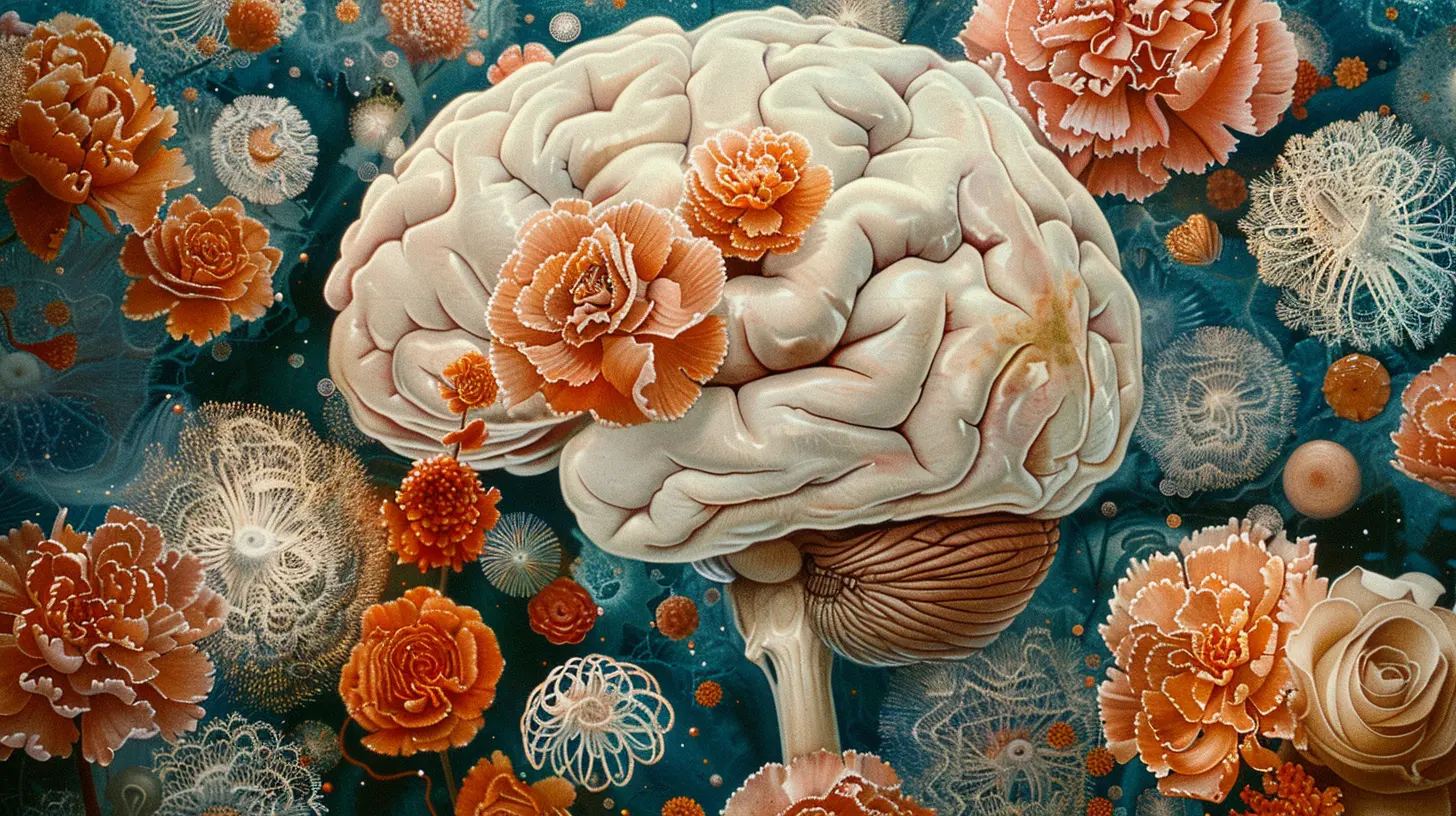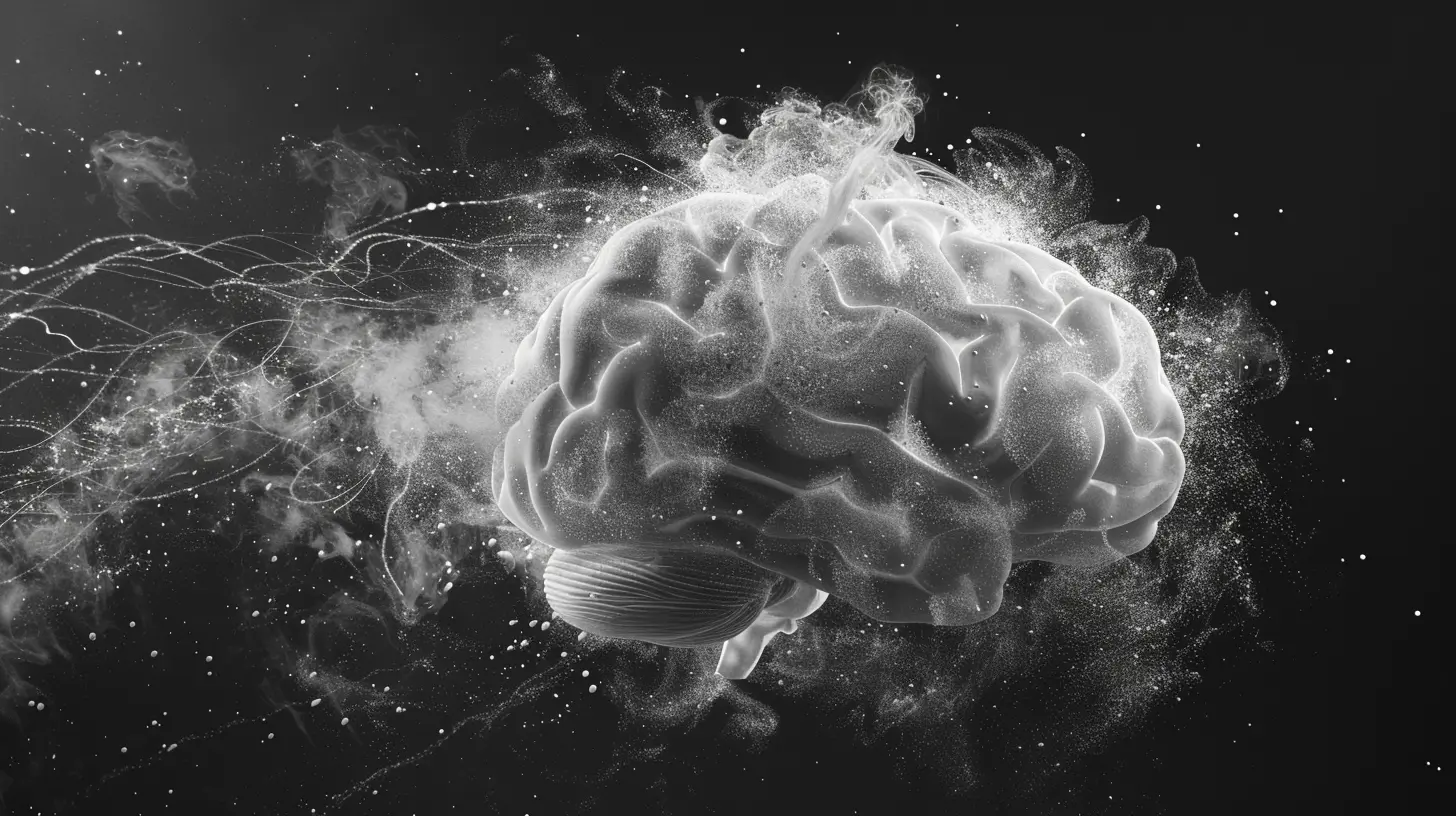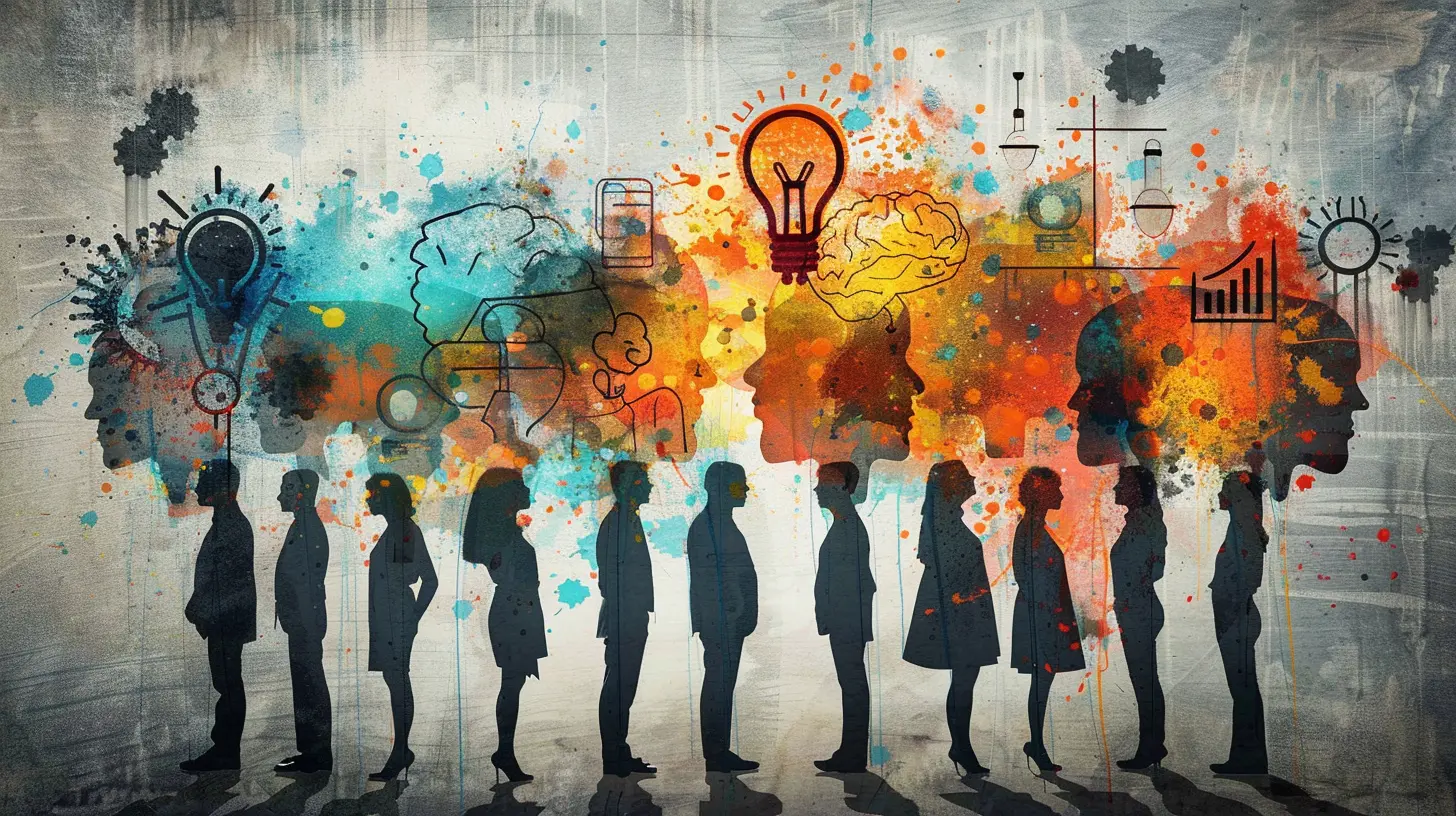How the Brain Selects and Prioritizes Information
7 June 2025
Have you ever walked into a room and completely forgotten why? Or maybe you've driven the same route a hundred times but still missed a turn while deep in thought. That’s your brain making selective decisions about what to pay attention to—and what to ignore.
Our brains are constantly bombarded with thousands of stimuli, and yet we don’t get overwhelmed. Ever wonder how that’s even possible? Well, that is thanks to the brain’s incredible ability to filter, prioritize, and organize information like a boss. Let’s peek under the hood to see how it all works.
The Information Overload Dilemma
Today more than ever, we live in the age of information. From smartphone notifications to endless social media feeds, we’re hit with a firehose of data every second. But here's the crazy thing—your brain can only focus on a limited amount of information at a time.Think of it like trying to drink from a waterfall. If you tried to take everything in, you’d drown. So the brain has adapted to be super picky. It asks itself: “What’s important right now? What can wait? What should I ignore completely?”
The Brain's Filtering System: Meet Your Sensory Gatekeepers
We start with the senses. Your eyes, ears, nose, skin, and tongue are all feeding raw data into your brain. But before this information even reaches your conscious mind, it passes through a set of filters. That’s where perception kicks in.The Role of the Thalamus
Imagine the thalamus as the brain’s air traffic controller. It receives all incoming sensory data (except for smell) and decides where to send it. Is this sight urgent? Should this sound get my attention? The thalamus helps prioritize signals based on relevance.Why You Don’t Feel Your Clothes All Day
Here’s a fun example—you’re wearing clothes right now (I hope!), but are you consciously thinking about the fabric touching your skin? Likely not. That’s because your brain has learned to tune out that “background noise.” It prioritizes novelty and change instead of constant, repetitive stimuli.
Attention: The Spotlight of the Mind
Now comes attention—your brain’s way of pointing a spotlight at specific things while letting everything else fade into the background. But attention isn’t a passive process. It’s active, selective, and incredibly strategic.Selective Attention
This is what lets you have a conversation in a noisy room or focus on reading while the TV is on. Your brain zones in on one stimulus and filters out the rest. It’s your neural noise-canceling system.Ever heard of the “cocktail party effect”? That’s when you can focus on one conversation among many—but still instantly notice if someone says your name across the room. That’s your brain monitoring the background for important cues, just in case.
The Prefrontal Cortex: Your Brain’s CEO
The prefrontal cortex (PFC) is the decision-maker when it comes to attention. It weighs your goals and current tasks to decide what to prioritize. Want to get work done? The PFC helps you ignore distractions. Daydreaming? The PFC lets your mind wander.
Prioritization: What Makes the Cut?
Not everything that grabs your attention sticks. The brain has to make another choice: What’s worth storing or acting on?Emotion, Urgency, and Relevance
Here’s where things get personal. Emotional content gets VIP treatment. Why? Because emotions tag information as important. If something scares you, excites you, or makes you mad, your brain says, “Hey, don’t forget this!”Urgency matters too. Think of a fire alarm—it’s annoying on purpose. It forces immediate attention and action. Relevance also guides prioritization. If you're hungry, your brain suddenly finds food-related stimuli more noticeable. Same goes for anything tied to your goals, needs, or interests.
Dopamine: The Motivation Molecule
Dopamine acts like a reward signal. When you achieve something—or even think you’re about to—it fires off. This chemical nudges your brain to remember what led to that reward. That’s why success and pleasure are so sticky mentally.The Role of Working Memory
Let’s talk about your brain’s “mental scratchpad” — working memory. This is where your brain temporarily holds information you need to use right now. It’s limited, like your kitchen counter space. Too many pots and pans at once? Something’s gonna fall off.Your brain constantly refreshes this workspace by prioritizing what’s most useful. It’s the reason you can do math in your head or remember a phone number long enough to write it down.
But guess what? Distractions shrink this space fast. Text messages, emails, and noisy environments all clutter your mental countertop. That’s why multitasking often leads to mistakes or forgetfulness.
Biases and Shortcuts: How Your Brain “Cheats”
Believe it or not, your brain takes mental shortcuts all the time to make prioritizing faster. It runs mostly on cognitive biases—mental rules of thumb that help you decide what to pay attention to without overloading your system.Confirmation Bias
This is when your brain looks for information that matches what you already believe. It’s easier, faster, and more comfortable than questioning your assumptions. While convenient, it’s not always accurate.Availability Heuristic
Your brain also tends to pick what’s most easily recalled—what’s freshest in memory or most dramatic. That’s why people often overestimate the dangers of things like plane crashes or shark attacks. They’re rare, but memorable.The Role of Sleep and Rest
Here’s something a lot of people skip over: Your brain can’t prioritize properly if it’s running on fumes.During deep sleep, your mind literally cleans house. It sorts through the day’s input, stores what’s important (hello, long-term memory!) and dumps the rest. That’s also when the brain processes emotional experiences and solidifies learning.
When you're sleep-deprived? Your attention, filtering abilities, and prioritization skills all tank. You might think you're powering through, but your brain is dropping the ball without you even noticing.
Stress and Its Impact on Information Selection
Ever tried to focus when you're overwhelmed? Tough, right? That’s because chronic stress hijacks your brain’s prioritizing systems.Your amygdala, the part of the brain responsible for processing emotions like fear and anxiety, goes into overdrive. In this state, your brain focuses almost exclusively on perceived threats—real or not. Creative thinking and rational prioritization go out the window.
Moderate stress can boost concentration (think of a looming deadline), but too much shuts everything else down.
Technology and Attention: A Modern Tug-of-War
Now here’s the elephant in the room—our digital lives. Notifications, pop-ups, alerts—they're designed to grab your attention. But what they don’t do is ask if they deserve it.When you allow every ping to pull you away from your priority, you're giving away your brain's best resource: focus.
That’s why managing your digital environment is crucial. It’s like building a fence around your mental garden so only what matters gets in.
Can We Train the Brain to Prioritize Better?
Totally. While some of this filtering and prioritizing is automatic, there are ways to boost your brain’s natural abilities.Mindfulness and Meditation
These practices teach you to recognize when your attention has wandered and gently bring it back. Over time, mindfulness has been shown to increase attention span and reduce emotional reactivity.Sleep Hygiene
Protect your brain’s sorting system by getting quality rest. That means sticking to a schedule, avoiding screens before bed, and creating a calm, dark sleeping environment.Limit Multitasking
Focus on one thing at a time. Multitasking forces your brain to constantly switch contexts, making prioritization harder and draining your mental energy.Use External Tools
Don’t rely solely on memory. Use calendars, to-do lists, reminder apps—these outsource some of the mental load so the brain can focus on what really matters.Final Thoughts
So, how does the brain select and prioritize information? It’s a finely tuned process that involves sensory filters, attention control, emotional markers, memory systems, and environmental cues. It’s kind of like walking through a noisy party and zeroing in on the conversation that matters most.With so much competing for our attention every day, it’s empowering to know that we can train, support, and strengthen this remarkable brain function. Prioritizing better isn’t just about being more productive—it’s about putting your mental energy where it counts.
So the next time you find yourself distracted or overwhelmed, take a step back and ask: “What does my brain need to focus on right now?” You might be surprised how much power you have to choose.
all images in this post were generated using AI tools
Category:
Cognitive ScienceAuthor:

Janet Conrad
Discussion
rate this article
2 comments
Selina Snow
In the labyrinth of the mind, whispers of forgotten memories and fleeting thoughts dance in shadows. What unseen forces guide our attention and shape our perceptions? Explore the hidden mechanisms of prioritization, where the brain weaves a tapestry of understanding.
June 8, 2025 at 3:33 AM

Janet Conrad
Thank you for your poetic reflection! It perfectly captures the complexity of how our brains navigate and prioritize information, revealing the interplay of memory, perception, and attention.
Lydia Rivera
This article effectively highlights the brain's complex mechanisms for filtering and prioritizing information, shedding light on our cognitive processes. Insightful read!
June 7, 2025 at 3:01 AM

Janet Conrad
Thank you for your kind words! I'm glad you found the article insightful.


